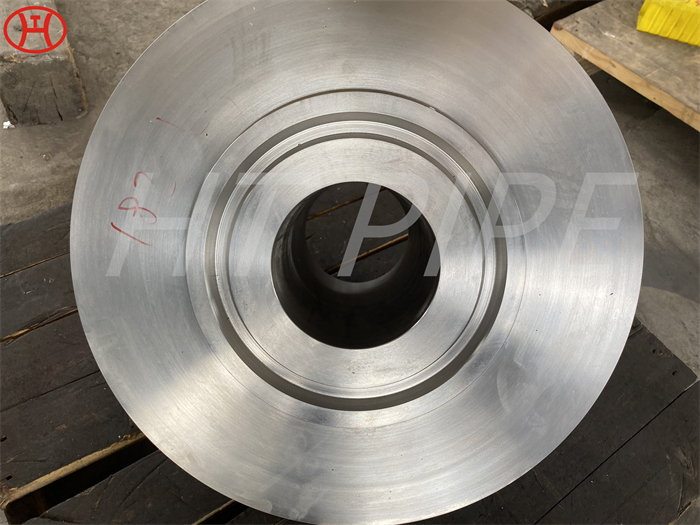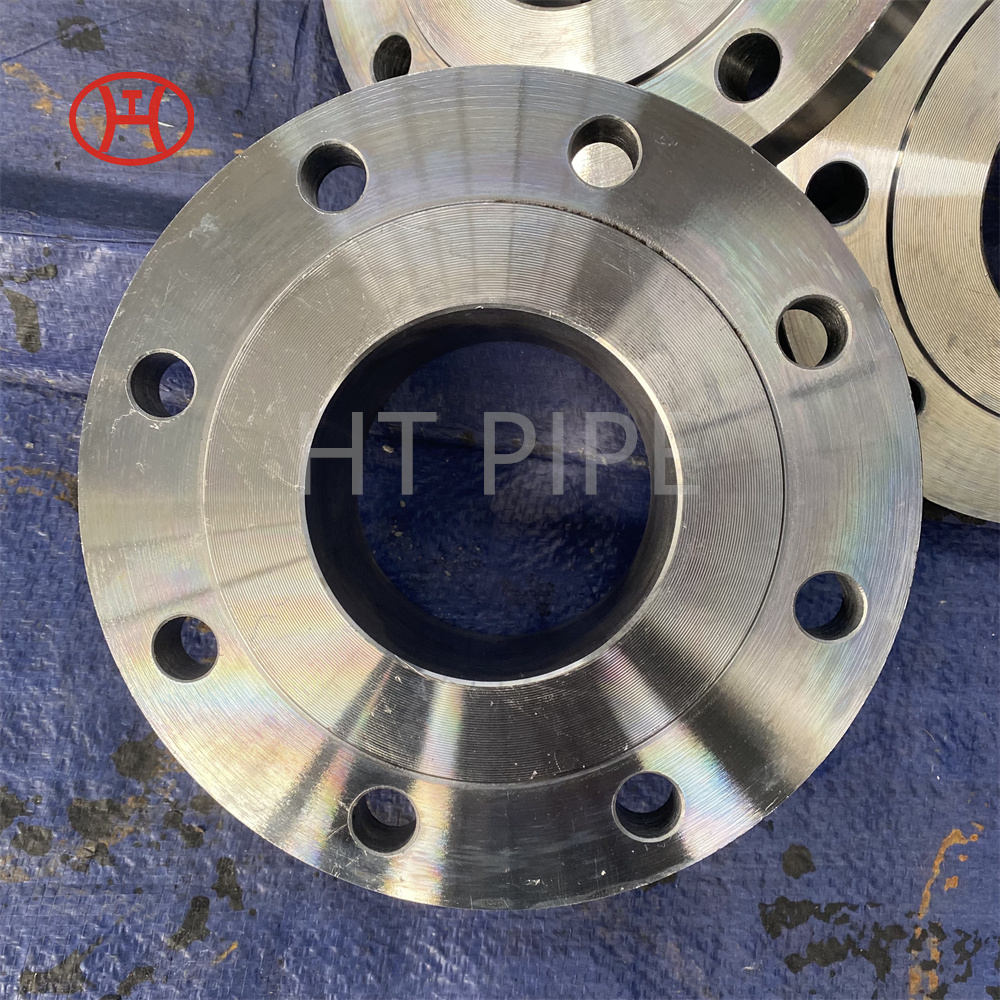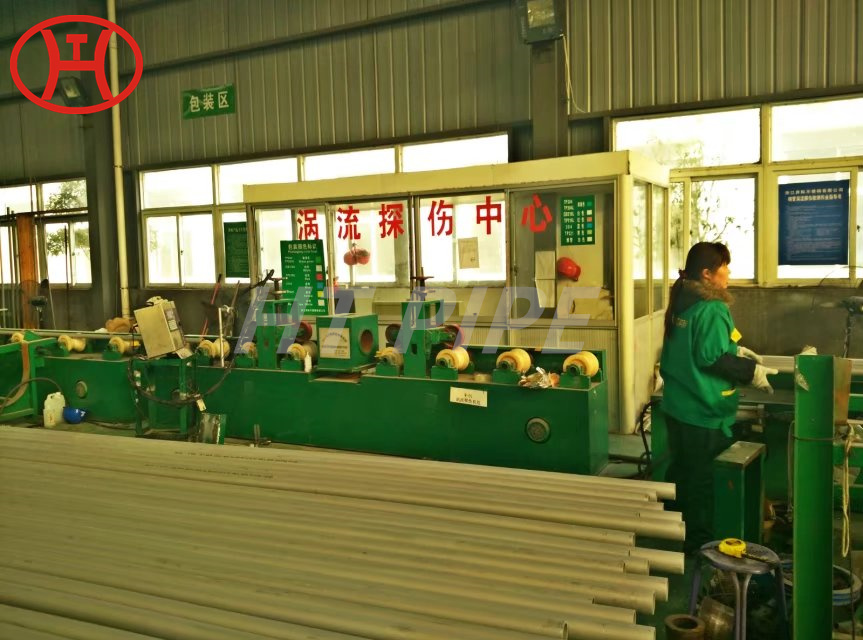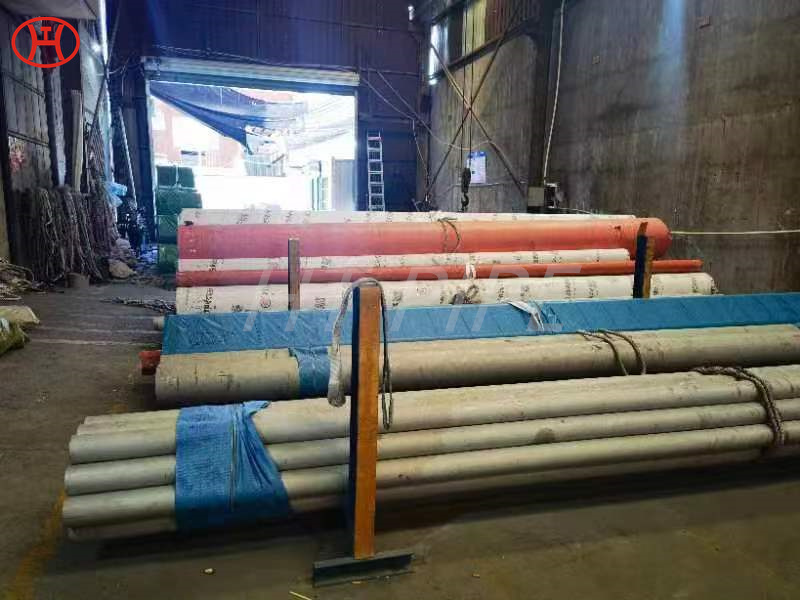Alloy X-750 300 blind weld neck welding joint flat face flange ansi 150 ff
Inconel Alloy X750 Flanges, which has excellent resistance to chloride ion stress-corrosion cracking. Inconel X750 Slip On Raised Flanges is used for wire formulation with heat temper used in springs at elevated temperatures
nconel X750 Blind Raised Flanges is a Nickel-Chromium alloy made precipitation hardenable by additions of Al and Ti, having creep-rupture strength at high temperatures to about 700 Degree C (1290 Degree F). Inconel X750 Spectacle Blind Flanges is a nickel-chromium alloy similar to INCONEL alloy 600 but made precipitation hardenable by additions of aluminum and titanium. Inconel X750 Weld Neck Flanges are commonly used for: Gas turbines and turbine blades, seals, and rotors. Inconel X750 Socket Weld Flanges has excellent properties down to cryogenic temperatures, which is further cold drawn and precipitation hardened after fabrication. Inconel X750 Threaded Flanges is often used for Nuclear reactors, Rocket engines, Aircraft structures, Pressure vessels, and so on.

















































































































































